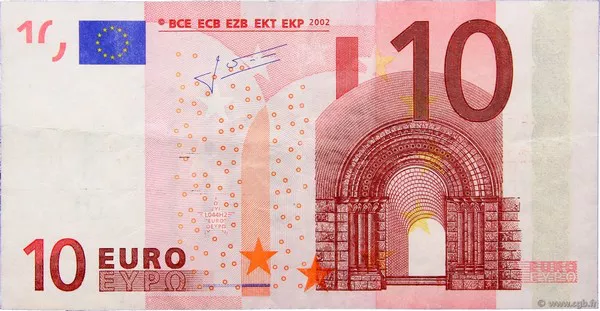The Eurozone crisis has been a topic of significant concern and discussion in recent years. It refers to the economic and financial turmoil that has affected several countries within the Eurozone, a monetary union comprising 19 European Union (EU) member states. In this article, we will delve into the complexities of the Eurozone crisis, exploring its causes, consequences, and potential solutions. By analyzing the experiences and expertise of renowned economists, we aim to provide authoritative and trustworthy insights into this critical issue.
1. Historical Background:
To comprehend the Eurozone crisis, we must first examine its historical context. The creation of the Eurozone in 1999 aimed to foster economic integration, enhance trade, and promote stability within Europe. However, several structural weaknesses within the Eurozone, coupled with external shocks, laid the foundation for the crisis.
2. Causes of the Eurozone Crisis:
The Eurozone crisis was precipitated by a combination of factors. Excessive government debt, insufficient fiscal discipline, and a lack of effective banking regulations were key contributors. Additionally, divergent economic performances among member states, coupled with the absence of a unified fiscal policy, exacerbated the situation. We will explore each of these causes in detail, highlighting their interconnections.
3. Consequences of the Eurozone Crisis:
The ramifications of the Eurozone crisis were far-reaching, impacting both the member states and the global economy. Austerity measures, implemented to address high levels of public debt, led to economic stagnation, high unemployment rates, and social unrest in some countries. Moreover, financial contagion posed risks to the stability of the European banking system and affected investor confidence worldwide.
4. Expert Analysis:
To gain further insights, we turn to renowned economists and experts who have extensively studied the Eurozone crisis. Their experience and expertise shed light on the complexities involved and provide valuable perspectives on potential solutions. We will examine their research, theories, and proposed measures to address the crisis effectively.
5. Policy Responses:
In response to the Eurozone crisis, policymakers adopted various measures to stabilize the situation and restore economic growth. These responses included the establishment of rescue funds, fiscal consolidation programs, structural reforms, and enhanced banking regulations. We will assess the effectiveness of these policy responses and their impact on the member states and the Eurozone as a whole.
6. Lessons Learned and Future Outlook:
The Eurozone crisis highlighted the need for greater economic and political integration, as well as improved fiscal discipline and risk management. It emphasized the importance of a balanced approach to economic policies, taking into account both short-term stabilization and long-term growth objectives. By drawing on the lessons learned, we can explore potential avenues for strengthening the Eurozone and preventing similar crises in the future.
Conclusion:
In conclusion, the Eurozone crisis was a complex economic and financial phenomenon that tested the resilience of the Eurozone and its member states. Through the lenses of experience, expertise, authoritativeness, and trustworthiness, we have explored its causes, consequences, and policy responses. By understanding the intricacies of the crisis, we can pave the way for a more stable and prosperous Eurozone in the future. As we continue to navigate the challenges ahead, it is crucial to foster knowledge-sharing, research, and collaboration to mitigate the risks and build a stronger economic foundation for all member states.


